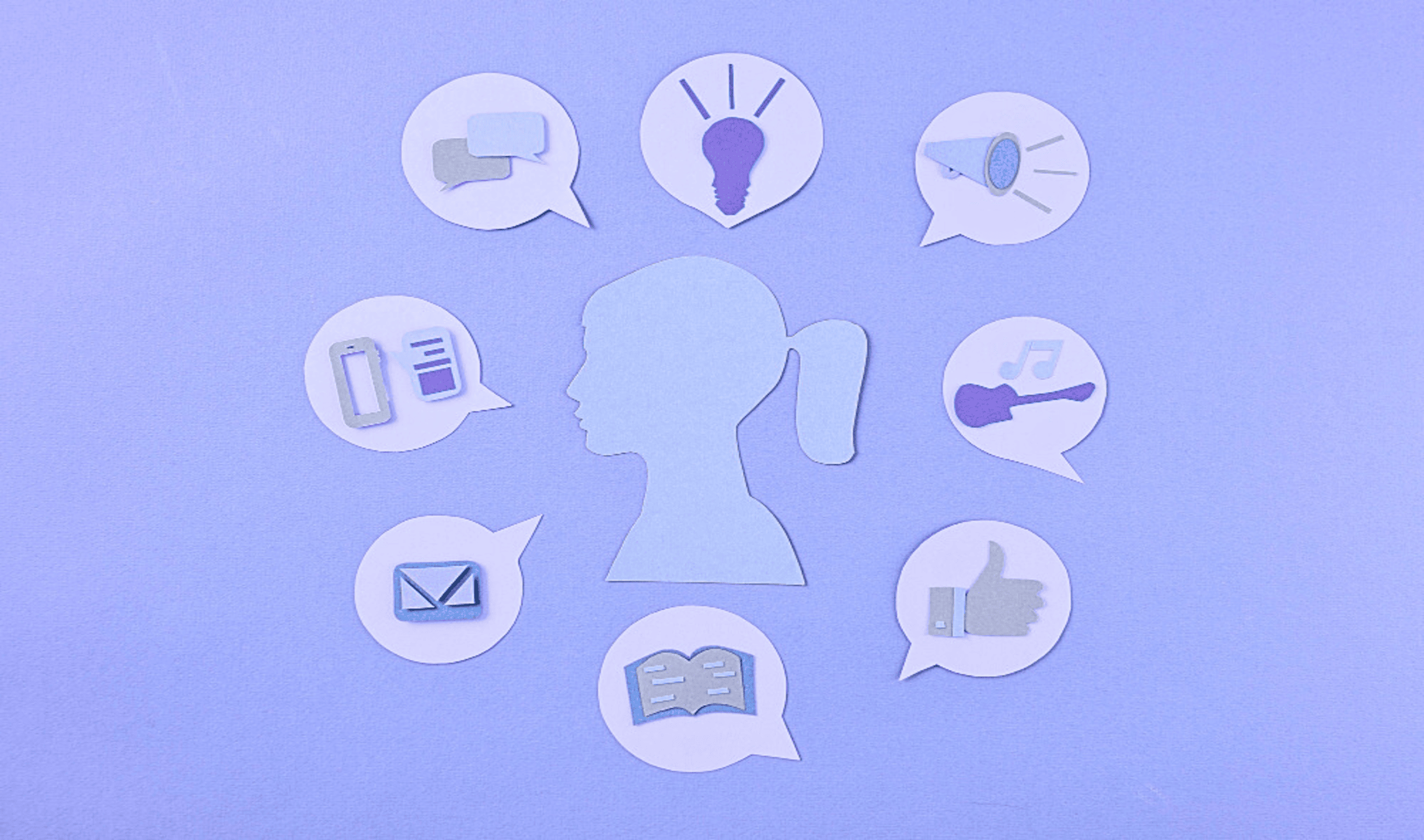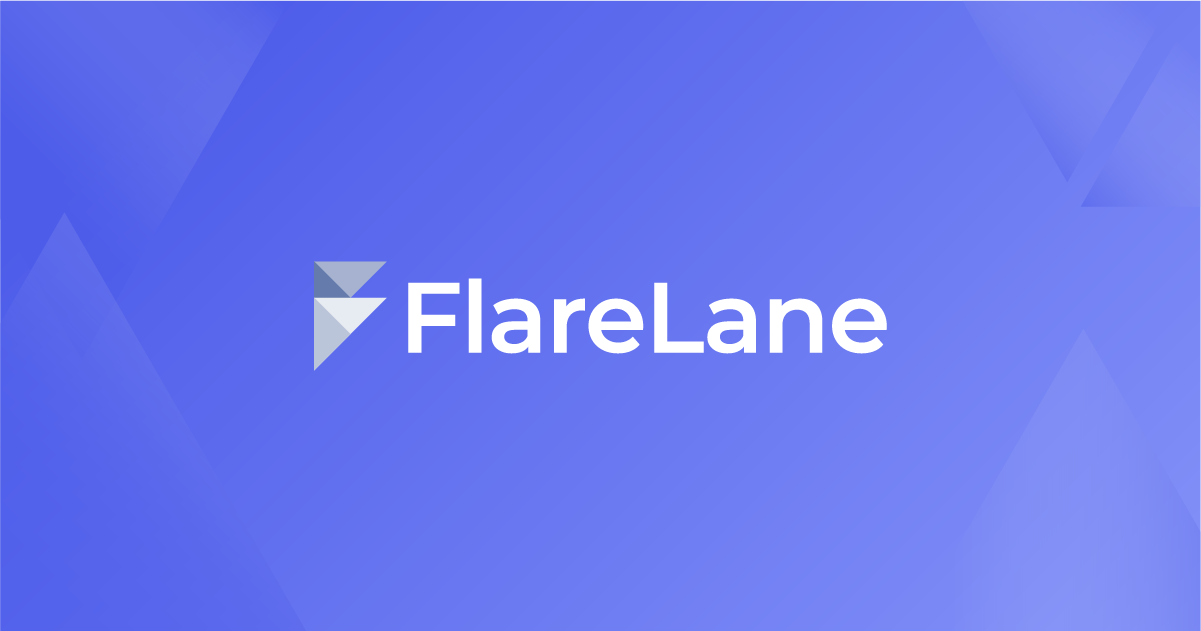The Psychology Behind FOMO: How to Capture User Attention With Push Notifications

Push notifications have become an indispensable feature in marketing automation platforms. These brief, timely messages can drive engagement, foster retention, and boost in-app activity. However, not all push notifications are created equal. While some inspire immediate action, others are ignored or even lead to app uninstalls. The secret to crafting effective push notifications lies in understanding the psychology of user behavior.
This article delves into the psychological triggers that make certain notifications stand out. We’ll explore the use of scarcity, FOMO (fear of missing out), personalization, and the importance of balancing urgency with frequency. Additionally, we'll look at examples of well-crafted push notifications.
✅Personalized push notifications can improve click-through rates by up to 300%.
✅Push notifications leveraging urgency and scarcity, such as limited-time offers, can trigger FOMO and loss aversion.
✅Balancing urgency with frequency is essential, as overusing urgent notifications can lead to user fatigue and may even result in app uninstalls.
Psychological Triggers in User Engagement
At the heart of effective push notifications is the ability to engage users by appealing to their emotions and cognitive biases. By tapping into fundamental psychological principles, you can capture attention and encourage action. Here are a few key triggers that marketers should focus on:
A. Attention and Cognitive Load
The average person receives countless notifications daily, and human attention is a finite resource. According to cognitive load theory, when presented with too much information, people can feel overwhelmed and disengage. Push notifications that are clear, concise, and to the point reduce cognitive load, making it easier for users to process and respond.
B. Reward-Based Behavior
Humans are hardwired to seek rewards, as illustrated by the reinforcement theory. Notifications that offer immediate value, such as discounts or exclusive content, activate the brain's reward centers. Over time, users may begin to associate these notifications with positive experiences, increasing the likelihood that they’ll engage.
C. Curiosity and Intrigue
The psychology of curiosity is another powerful tool for engaging users. Notifications that pique curiosity without revealing all the details can drive users to open an app to satisfy their desire for more information. Phrases like “You won’t believe what’s waiting for you…” or “Something exciting is happening!” exploit this natural tendency.
Creating Urgency with Limited-Time Notifications
Urgency is one of the most compelling psychological drivers, as it forces users to make quick decisions. When done correctly, urgency can significantly boost engagement rates, prompting users to act now rather than later. But how does it work from a psychological perspective?
A. Scarcity and Decision-Making
The principle of scarcity, outlined by behavioral psychologist Robert Cialdini, suggests that people are more motivated to take action when they believe a resource is limited. Limited-time offers, countdown timers, or low stock alerts leverage this bias, making users feel like they might miss out on something valuable. For instance, notifications like “Only 3 hours left for 20% off!” create a sense of scarcity, nudging users toward immediate action.
B. Loss Aversion
Loss aversion, a concept from behavioral economics, reveals that people tend to prefer avoiding losses over acquiring equivalent gains. In other words, the fear of losing an opportunity is often a stronger motivator than the desire for a new reward. Push notifications that emphasize the potential for loss—such as, “Don’t miss out!” or “Sale ends soon!”—tap into this tendency.
C. Temporal Immediacy
Temporal immediacy refers to the perception that an event is happening soon. Notifications that convey a time-sensitive action, like “Hurry! Offer expires in 30 minutes,” create a sense of urgency that prompts users to act quickly. However, overusing this tactic can backfire if users feel bombarded by too many “urgent” messages. Finding the right balance between urgency and frequency is crucial to avoid user fatigue.
How FOMO Drives In-App Engagement
FOMO, or the fear of missing out, is another powerful psychological driver. As social creatures, we have a natural desire to stay connected and be part of collective experiences. When notifications trigger FOMO, they tap into users’ anxiety about missing out on something their peers are enjoying. This can be especially effective in social media, gaming, or entertainment apps.
A. Social Proof in Notifications
Social proof is the idea that people will conform to the actions of others, especially in uncertain situations. Push notifications can leverage social proof by highlighting popular activities, events, or user behaviors. For example, a notification like “500 people just booked tickets to this event” triggers FOMO and encourages the recipient to take part. Similarly, “Your friend just leveled up—can you catch up?” motivates users to engage with the app to stay on par with their peers.
B. Exclusive Content and VIP Access
Push notifications that offer exclusive or early access to content play into FOMO by suggesting users will miss out if they don’t act fast. Messaging like “Be the first to try our new feature!” or “Exclusive sale for VIP members only!” makes users feel like they’re part of a privileged group, encouraging immediate engagement to avoid exclusion.
C. Real-Time Updates
Notifications that provide real-time updates can also trigger FOMO. For example, sports or gaming apps might send push notifications like “Your team is winning—don’t miss the action!” This type of notification creates a sense of immediacy, encouraging users to open the app right away to stay in the loop.
The Power of Personalization
Personalization has become an essential element of modern marketing, and push notifications are no exception. By tailoring messages to the specific preferences, behaviors, and needs of each user, you can make your notifications feel more relevant and valuable.
A. Targeting Based on User Behavior
Effective push notifications are data-driven, leveraging insights into user behavior to send messages that feel personalized and timely. For instance, if a user frequently shops for a particular product category, a notification about a sale on those items is more likely to capture their attention. Research shows that personalized push notifications can improve click-through rates by up to 300%, highlighting the importance of relevancy.
B. Name-Based Personalization
Something as simple as including a user’s name in a push notification can have a significant psychological impact. According to the cocktail party effect, people are naturally drawn to information that relates to them, such as their name or personal preferences. For example, “Hey Sarah, your wishlist item is on sale!” is more engaging than a generic message.
C. Dynamic Content
Dynamic content allows you to personalize notifications with real-time information, such as location, time, or weather conditions. A food delivery app might send a push notification like “It’s raining—perfect time to order in!” or a travel app could use the user’s location to suggest nearby attractions. This level of personalization adds value to the user experience, increasing the likelihood of engagement.
Striking the Right Balance: Urgency vs. Frequency
One of the biggest challenges with push notifications is striking the right balance between urgency and frequency. Overloading users with notifications can lead to notification fatigue and even prompt them to disable notifications or uninstall the app. On the other hand, too few notifications may fail to drive meaningful engagement.
A. Understanding Notification Fatigue
Notification fatigue occurs when users are overwhelmed by too many notifications, causing them to disengage. To avoid this, it’s crucial to monitor how often users receive notifications and tailor your strategy accordingly. Implementing user preferences and allowing users to customize their notification settings can also help reduce fatigue.
B. Using A/B Testing
A/B testing is a valuable tool for finding the right balance between urgency and frequency. By testing different notification strategies, you can identify what works best for your audience. For example, you might test whether sending a notification once a day or once a week drives more engagement. A/B testing also allows you to experiment with different wording, timing, and offers to see what resonates most with your users.
Examples of Well-Crafted Push Notifications
To illustrate the principles we've discussed, here are a few examples of effective push notifications that capture user attention:
- Scarcity and Urgency: “Only 1 hour left to grab 50% off! Don’t miss out!”
- Personalization: “Hi John, your favorite sneakers are back in stock!”
- FOMO: “Your friend just beat your high score—can you reclaim the top spot?”
- Curiosity: “Something special is waiting for you—open the app to find out!”
- Exclusive Access: “Early access for VIPs only: Shop the sale before it’s gone.”
Final Thoughts
Understanding the psychology behind user engagement is crucial to creating effective push notifications that stand out in today’s crowded digital landscape. By leveraging psychological triggers such as attention, reward-based behavior, and curiosity, marketers can craft notifications that resonate with users on a deeper level.
FlareLane is a next-generation CRM marketing automation platform that features a comprehensive solution for enhancing customer interaction and engagement. With in-app messaging, push notifications, advanced analytics, real-time communication tools, and personalized marketing strategies, we can help you create meaningful and lasting customer relationships.
Ready to take your customer engagement to the next level? Learn more about how we can help your business thrive.


